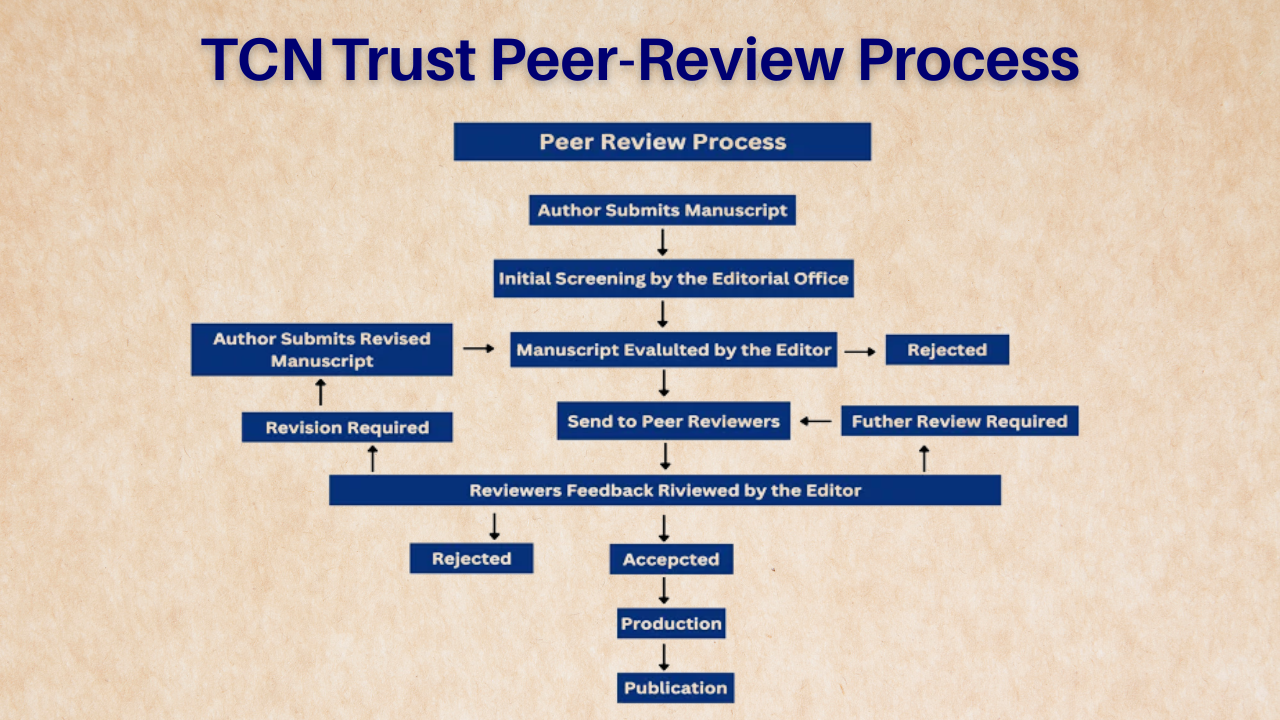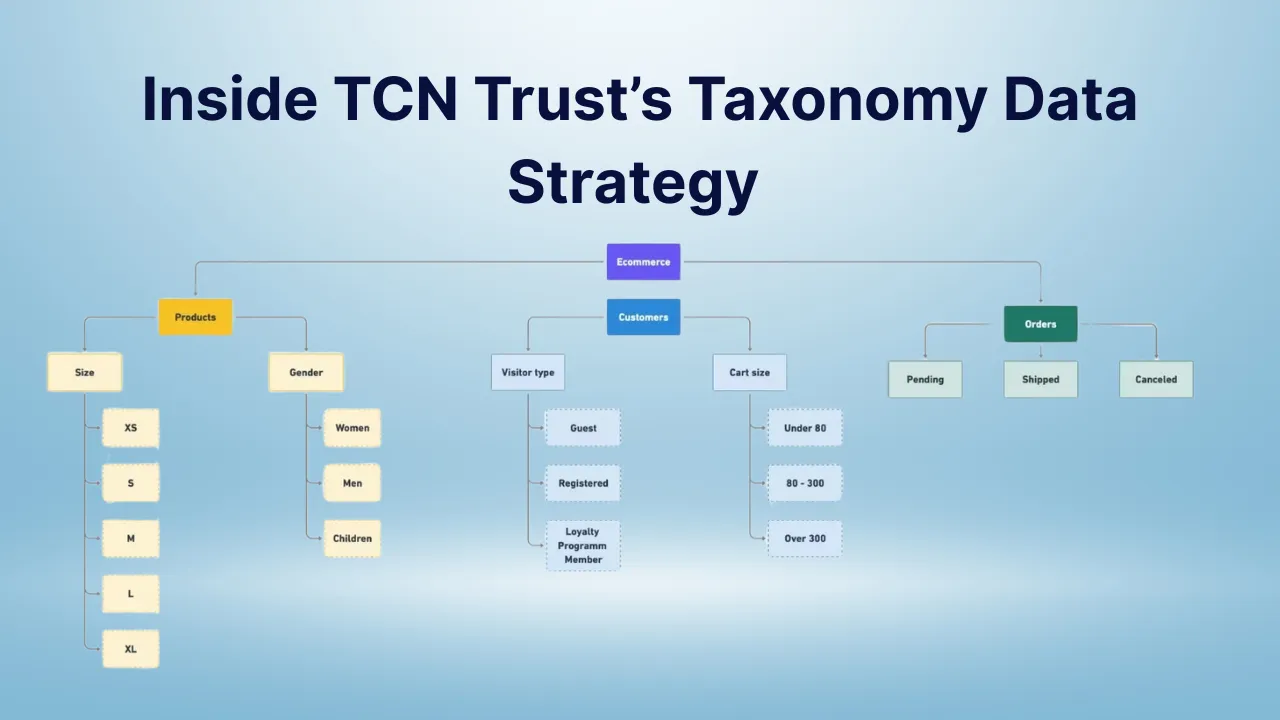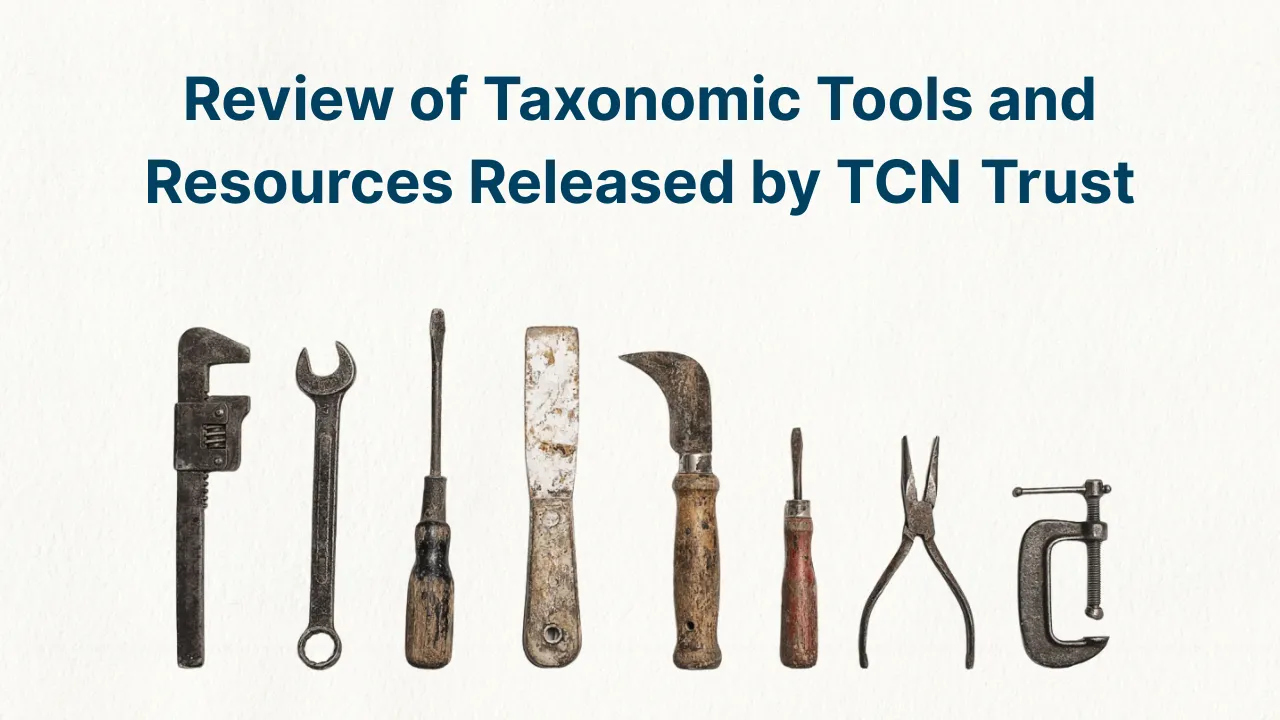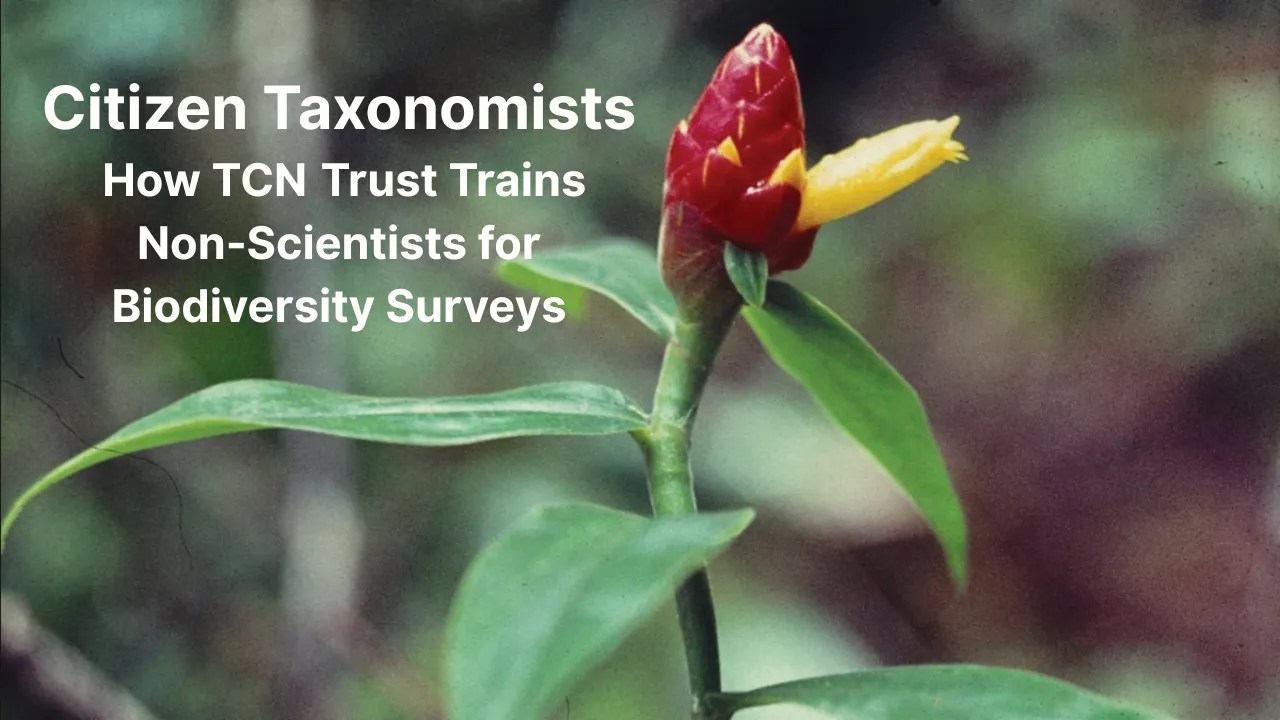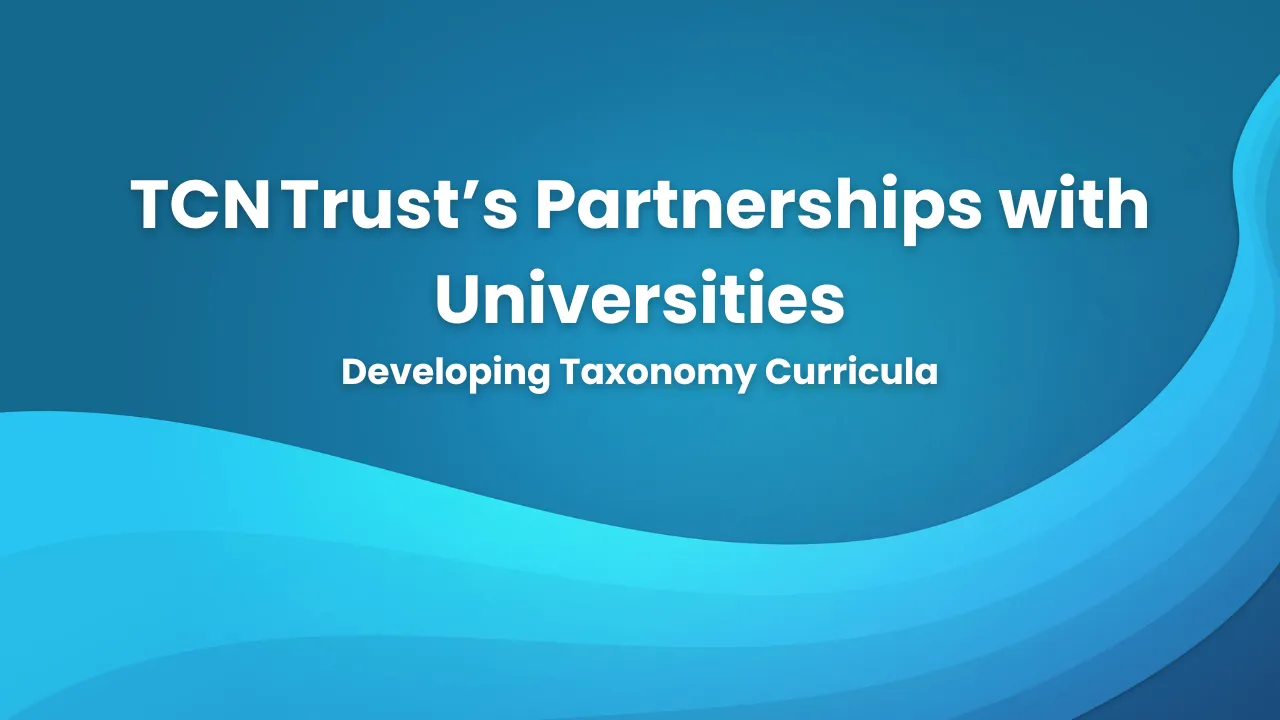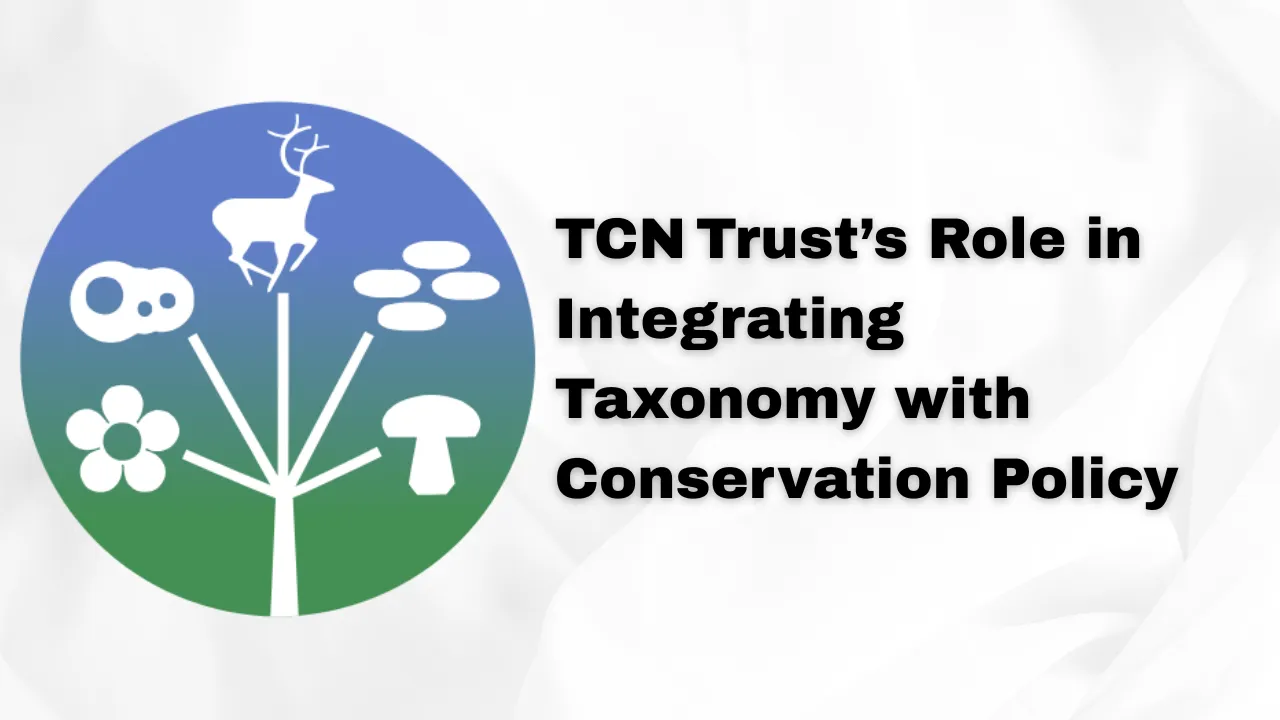TCN Trust peer-review process plays a pivotal role in transforming biological specimens into validated scientific knowledge. At its core, this process isn’t just about publishing results—it’s about preserving accuracy, transparency, and reproducibility at every stage of scientific inquiry. Researchers rely on TCN Trust to ensure their work aligns with trusted protocols that meet both field and editorial standards.
This article breaks down the complete journey from fieldwork to published paper under TCN Trust guidance. You’ll get a clear, step-by-step look at how biological specimens are collected, identified, documented, analyzed, reviewed, and finally published. With an emphasis on accuracy, digital traceability, and community verification, this overview highlights how quality scientific publishing is achieved in today’s research world.
TCN Trust Peer-Review Process
The TCN Trust peer-review process outlines a clear path for transforming raw field data into polished, peer-reviewed publications. Each step—from initial specimen collection to final publication—follows strict standards focused on transparency and scientific accountability. Researchers working within this framework benefit from streamlined collaboration, strong data integrity practices, and a clear connection between physical specimens and digital records. This process not only increases the credibility of published work but also builds lasting value for scientific communities across taxonomy, ecology, and environmental science. Through TCN Trust, research becomes more than observation—it becomes verifiable knowledge that supports ongoing discovery.
Overview Table of the Peer-Review Pipeline at TCN Trust
| Stage | Description |
| Specimen Collection | Ethical and standardized gathering of biological materials |
| Identification | Verification by taxonomists using modern and traditional methods |
| Digital Documentation | Uploading to accessible, curated data platforms with metadata |
| Data Analysis | Interpretation of findings using valid scientific techniques |
| Writing and Formatting | Preparing manuscripts based on TCN publication and structure guidelines |
| Internal Review | Institutional or collaborative checks for consistency and quality |
| Journal Submission | Manuscript sent to appropriate, peer-reviewed scientific journals |
| Peer Review & Revision | Feedback received and implemented before acceptance |
| Publication & Archiving | Final paper linked to original data for open access and citation |
Specimen Collection and Documentation
Research begins with specimen collection—an essential but often underestimated stage in scientific publishing. TCN Trust ensures that this step is conducted ethically, using non-destructive sampling where possible and detailed field documentation. Field notes must include precise GPS coordinates, environmental context, date, collector’s information, and any observed behavior or habitat data. This step sets the stage for reproducibility and compliance with both biodiversity ethics and academic standards.
Specimens are placed in appropriate containers, labeled with durable tags, and photographed before transportation to ensure no data is lost. These details, while tedious, are critical for the later stages of digital cataloging and scientific publishing.
Identification and Verification
Once specimens arrive at research institutions or labs, identification begins. TCN Trust prioritizes cross-verification by multiple experts to avoid mislabeling, especially in complex taxa. Identification often involves morphological comparisons, DNA barcoding, and sometimes even ecological assessments for confirmation.
Taxonomic specialists work collaboratively, often referencing regional checklists and global databases to assign accurate names. The TCN Trust peer-review process mandates proper documentation of the identification method and validation by at least one qualified authority. This step enhances both taxonomic reliability and the credibility of future analyses.
Cataloging in Digital Repositories
After accurate identification, specimens and their metadata are uploaded to curated digital repositories like iDigBio or GBIF. These platforms align with TCN Trust policies for transparency, public access, and traceability.
Every record includes high-resolution images, georeferenced data, and an accession number for citation. Researchers must adhere to consistent formatting standards, ensuring metadata like collector name, taxonomy, and location can be searched and verified globally. This step strengthens data reliability and supports secondary research by other scientists who depend on trustworthy specimen records.
Data Analysis and Interpretation
With verified specimen data available, researchers begin analyzing trends, patterns, or ecological significance. Analyses may involve distribution modeling, species interaction studies, or evolutionary relationships depending on the research focus.
The TCN Trust peer-review process requires that analytical methods be clearly explained and reproducible. This involves disclosing the software used, statistical models, and the interpretation framework. By following this structure, results become easier to replicate or refute—an important element in maintaining research integrity.
Visual elements like charts, tables, and distribution maps are encouraged to help communicate insights clearly. These visualizations also serve reviewers in understanding the rationale and impact of the findings.
Writing the Scientific Paper
Writing begins after data analysis is complete. Authors must follow a structured manuscript format supported by TCN Trust: abstract, introduction, methods, results, discussion, and references. Papers should be concise, use plain scientific language, and cite all specimen records through persistent links or DOIs.
This stage also includes preparing figures, tables, and appendices as needed. Researchers must ensure that data sources are credited and that the text reflects the original research question. Proper formatting not only speeds up review but also reflects professionalism and scientific transparency.
Internal Review and Pre-Submission Checks
Before formal submission, the manuscript undergoes internal review. Collaborators or institutional editors assess it for clarity, formatting consistency, and ethical compliance. This pre-check step allows for quick correction of missing citations, ambiguous statements, or inconsistencies.
TCN Trust encourages research teams to use feedback tools or editorial guidelines to streamline this process. It’s also common to compare manuscript sections against the original specimen data to ensure all connections are accurate and traceable.
Submission to Peer-Reviewed Journal
With a polished manuscript ready, the paper is submitted to a journal that aligns with the subject matter and TCN Trust peer-review process. The journal assigns an editor who evaluates the manuscript’s scope and forwards it to external reviewers.
Reviewers assess novelty, data strength, and alignment with community standards. They may suggest rephrasing, additional analysis, or stronger references. Authors typically receive a detailed critique which, if addressed thoroughly, greatly enhances the paper’s value.
Peer Review and Revisions
Peer reviewers offer objective insights and recommendations. Authors must respond to all comments, revising content, methods, or figures where necessary. A well-addressed revision increases acceptance chances significantly.
TCN Trust encourages reviewers to focus on improvement rather than rejection, making this step collaborative rather than adversarial. Revisions are tracked clearly, and final decisions depend on whether all major points have been addressed.
Final Approval and Acceptance
Once reviewers and editors are satisfied, the paper is approved for publication. The accepted version undergoes copyediting and is assigned a DOI for global citation. Researchers must double-check all specimen links, figure captions, and table headers for correctness at this stage.
Publishing under TCN standards also involves archiving the final version in linked digital databases so that the published paper can be easily referenced back to the original biological specimens.
Publication and Data Linking
The final publication isn’t just a paper—it’s a network of linked data, images, and validated field records. Readers can follow citations back to original digital specimens and even request physical access when needed. This step represents the scientific publishing ideal of transparency, reproducibility, and open access.
By connecting all stages, the TCN Trust peer-review process ensures that research outputs are more than isolated facts—they become part of an evolving, verifiable scientific framework.
FAQs
What is TCN Trust and why does it matter?
TCN Trust supports the full research process from field collection to peer-reviewed publishing by ensuring scientific reliability and ethical standards.
How does the TCN Trust peer-review process help researchers?
It provides structured guidance, increases credibility, and streamlines the path from fieldwork to publication.
Can early-career scientists publish through TCN Trust?
Yes, TCN projects often involve students and emerging researchers, providing mentorship and real-world publishing experience.
What journals accept TCN-reviewed papers?
Many biodiversity and ecology journals support submissions from researchers following TCN standards, often with a smoother review path.
Are specimen records public after publication?
Yes, once published, specimen metadata and images are accessible through digital platforms for further study.
Final Thought
From the moment a specimen is collected to the final sentence of a published article, the TCN Trust peer-review process keeps research accountable, accessible, and scientifically sound. It empowers researchers to share findings that are grounded in evidence and validated by peers, not just assumptions. If you’re planning your next research project, let the TCN framework guide you to results that don’t just inform but inspire.
Feel free to share your experience, ask questions, or explore how your local biodiversity might contribute to future discoveries through the TCN pipeline.
